From light bulb manufacturer to health technology company
From light bulb factory to specialist in health technology: Philips has been involved in health care since the early years.
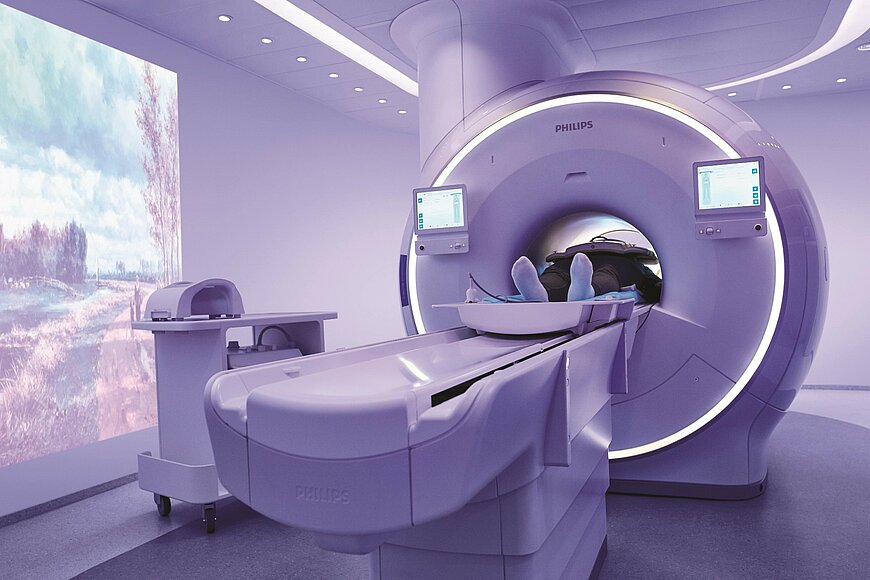
It seems a huge step. But health is in Philips' genes. “Everything we do focuses on improving people’s lives through meaningful innovation.”
“The development from light bulb manufacturer to specialist in health technology: Philips has been involved in healthcare from the very beginning. Hans de Jong, President of Philips Netherlands, points to a prominently lit display cabinet in the Philips Museum in Eindhoven. It contains an X-ray tube that they first produced in Eindhoven in 1919. “X-ray tubes mainly came from Germany in the early 1900s. During the First World War, that source of supply dried up abruptly, as did the flow of repair parts. Leading radiologists asked us whether we could repair those tubes. We were the obvious choice: as a manufacturer of incandescent light bulbs, we obviously had a good understanding of electrical engineering; after all an X-ray tube is a form of electron tube, just like a radio valve. When the First World War ended, we decide to develop these X-ray tubes ourselves. So there is an uninterrupted line of development from the first X-ray tube to our current Healthcare IT.”

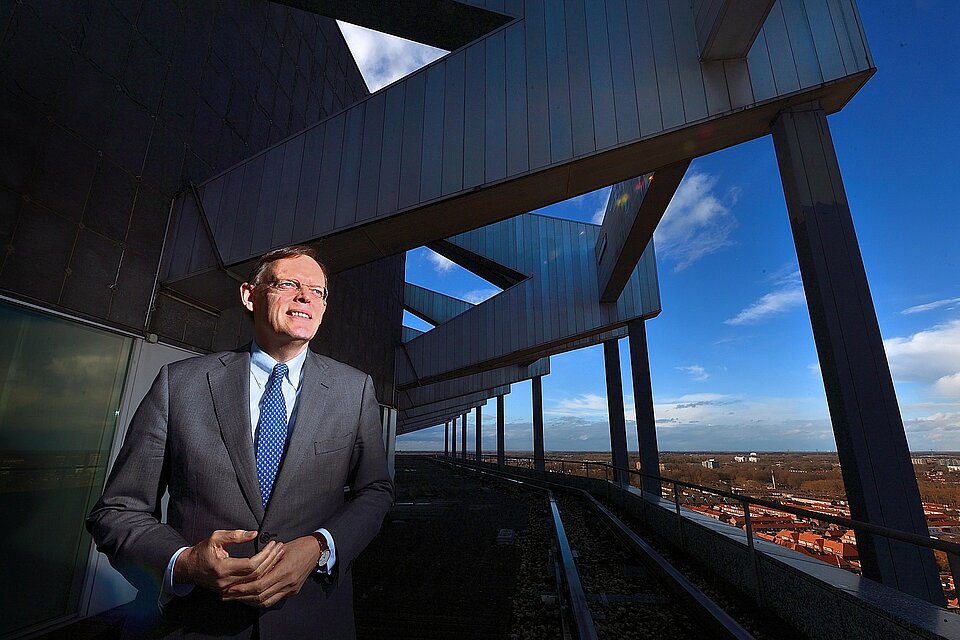
Travel virus
De Jong is a typical child of the Philips era. He has experienced all the company’s milestones at first hand: the invention of the cassette, the compact disc, the DVD and wide-screen television and the company’s own record label Polygram. He was born in Den Helder (1957). Indeed, the son of a sailor.” However he did not stay in his home town for long. His father often sailed from a different home port. The family relocated no less than seven times within the Netherlands, and also lived in England for a few years. “That’s probably why I love to travel so much.”
Suitcase
There is another reason for his love of travel. A small suitcase that he found in his grandmother’s house when he was just a young boy. Full of yellowed black and white photos of his grandparents who lived in Indonesia where his grandfather worked as the manager on a plantation. “I was still very young and kept going back to that suitcase.” Because he was inspired by what he saw on those photos. “Living and working abroad. Where wasn’t important, as long as it was far away.”
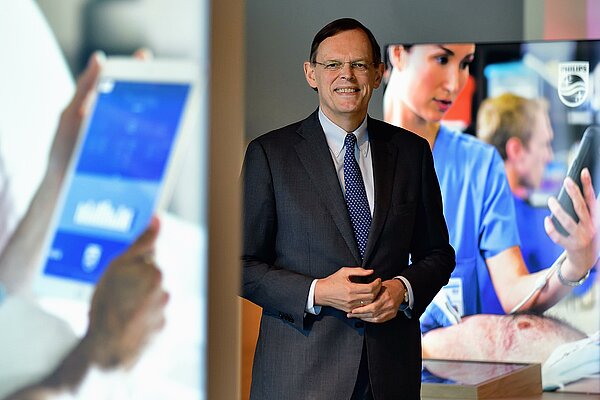
"Improving people's lives is in our DNA"
From trainee to production manager
He studied mechanical engineering at Delft University of Technology. This choice of study seemed logical. He had developed an avid interest in all things mechanical at a young age. “Taking mopeds apart and putting them back together.” After completing his studies, De Jong accepted a position as production manager at Philips’ light bulb factory in Weert, where he had previously learned to make bulbs as a trainee. That was a strange feeling. Being in charge of the facility where he had previously worked on the production line as a trainee. His colleagues put him to the test whenever they could. “As you would expect”, he says, “I had just turned 27.” Apparently though, Phillips had great faith in him. “They threw you in at the deep end and waited to see what would happen. I like a challenge like that.”
In his grandfather’s footsteps
Then, all of a sudden, it seems that he is about to follow in his grandfather’s footsteps. As the new regional manager based in Hong Kong, he is responsible for automotive lighting product strategy and market development in India, China and the ASEAN region, with two factories in China and Korea. “The Chinese were already familiar with our light bulbs and X-ray tubes from the time prior to the Cultural Revolution. So the Philips brand was already well-known, which helped enormously.”
Songzi
‘His’ Chinese factory produced normal light bulbs and halogen bulbs for cars and mopeds. The plant was located in Songzi (800,000 inhabitants), truly in the middle of nowhere, on the banks of the Yangtze River in Hubei Province. A 4-hour drive from Wuhan, which is a further two hours away from Hong Kong by air. Pioneering in the true sense of the word. “Not only did we face major operational challenges, we also had to overcome organisational issues. Everyone from the village just walked in and out when they felt like it. I had no idea who was doing what.” He found out that people in China, particularly local government officials, only really react to crystal clear communication. He occasionally had to threaten to shut the factory down, which was the last thing that those officials wanted of course. The locals earned their living through agriculture. There was a local rice wine production plant and the Philips factory, which employed 1200 people. “My time in China was also one of the most culturally fascinating periods in my career. It was another leap into the dark.”
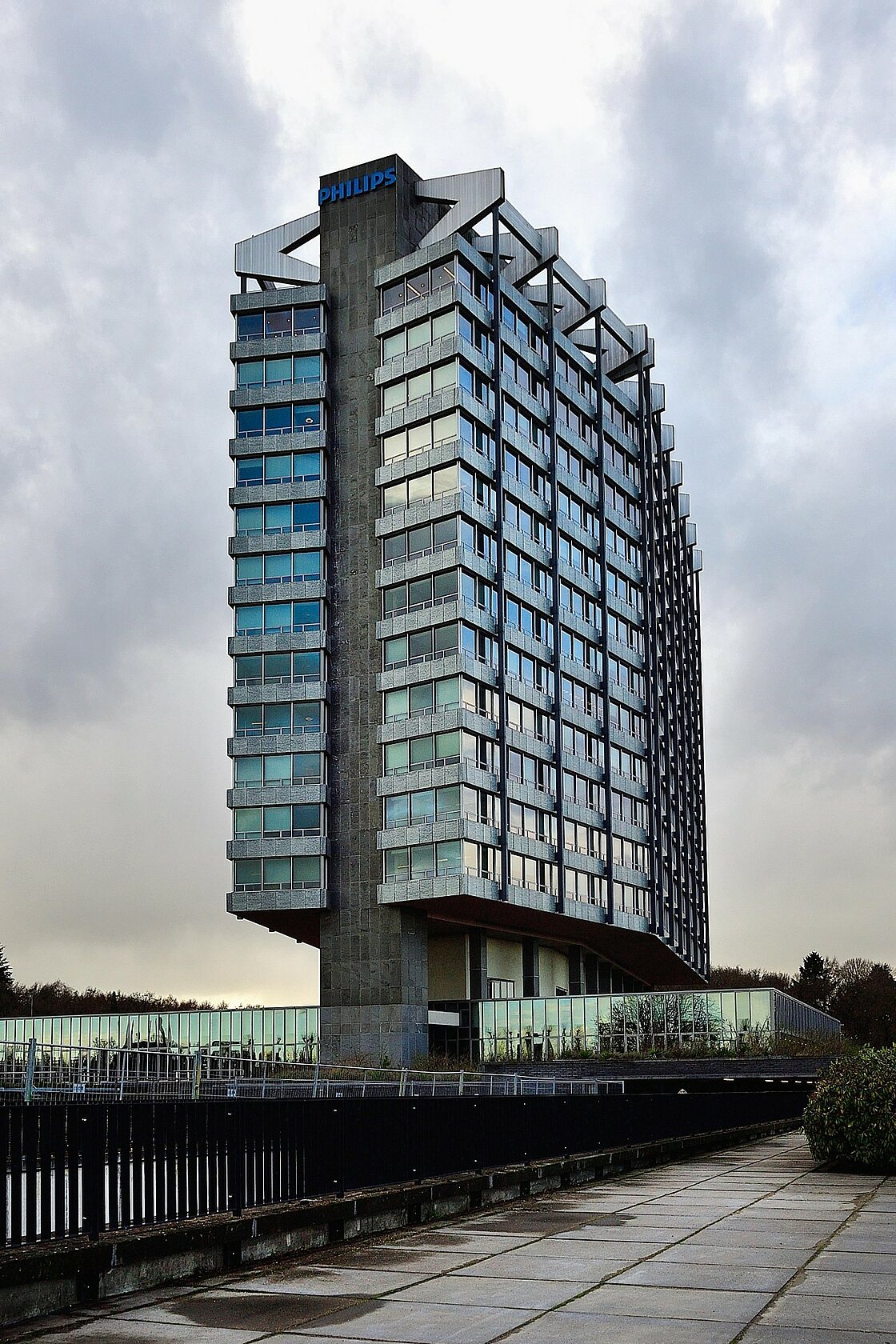
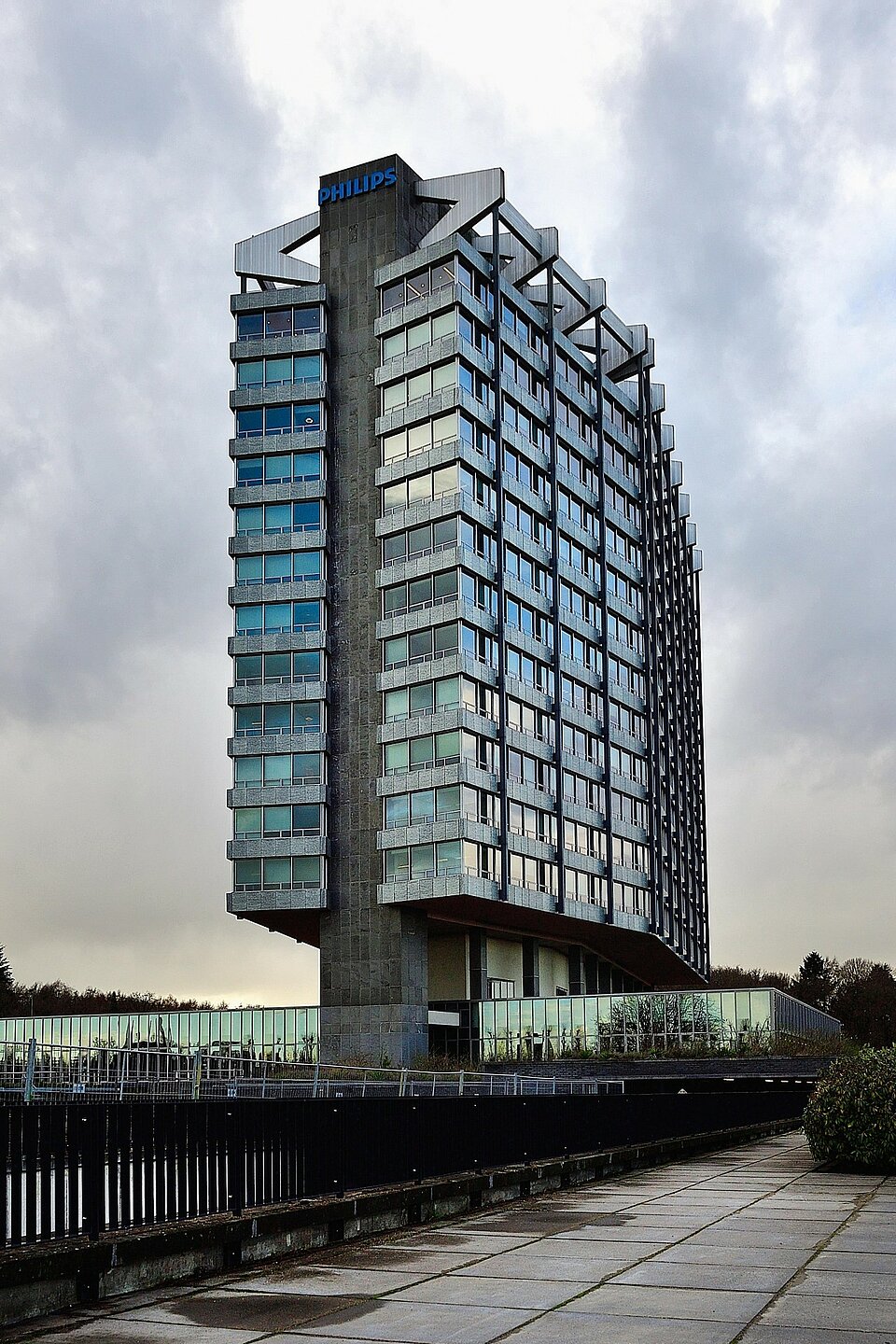
Back in the Netherlands
In 2001, De Jong returned to the Netherlands in the position of Global Marketing & Sales Manager Automotive. The eldest of his four children had reached secondary school age and he felt that the Netherlands was the best place for their education. A few years later, the job title on his business card changed to CEO Lighting Systems & Controls and Automotive Lighting. So he was still very much in touch with Philips’ roots: lighting. Philips’ future strategy was increasingly up for debate after the year 2000. Strong price competition from Korea and China had a considerable negative impact on the results of the Consumer Electronics (CE) division. The company still made everything from cathode ray tubes, and the flat screens that superseded them, to semiconductors and laser components in-house. On the other hand, Philips saw a bright future in Healthcare. So company management decided to wind down and sell the CE and Components division. De Jong: “We used a large part of the proceeds for acquisitions in Healthcare and Lighting.” The latter two divisions grew by a factor of three without the outside world noticing. “Although total sales fell, due to the size of CE, Philips was building a much stronger and more sustainable base for the future. Something that was proved indisputably during the crisis in 2008. “We were far more resilient. Healthcare's turnover accounted for one third of total turnover in the 2009 financial year: the remaining turnover was split between Consumer Lifestyle and Lighting.”
Trends
Philips’ focus on health responds to three important trends: population ageing (“the number of over-60s will have doubled by 2050”), the increase in chronic illnesses and lifestyle-related diseases, and a strong increase in the size of the middle classes in Asia. De Jong: “Harari's book, Homo Deus, states that more people die from overnutrition than malnutrition these days. So people need to manage their health more accurately. And that will soon be possible, he says. “In a few years’ time, it will be commonplace for people to analyse their own health data using a range of digital aids. We can help in this area. With connected care technology. Ranging from preventive care and diagnosis to treatment and recovery at home. This will make care more effective and efficient.”
No longer dependent on lighting
People will come across Philips products even more often. Not only in hospitals, but also a whole range of products and services for home care. Furthermore, De Jong stresses that health is not only a focal area for the Healthcare division: “Personal Health also focuses on health and well-being.” Because of this growing emphasis on Healthcare, Philip’s decision to make the Lighting division autonomous in 2015 was hardly surprising. However difficult that decision may have been in the light of the company’s past. He sums up in a business-like tone: “You have to make choices in this digital age. If Philips wants to survive, it also needs to focus, implement decisions quickly and invest. In view of the limited synergy between Healthcare and Lighting, we decided that they should continue to operate as independent listed companies. This is a better basis for the future for both companies”.
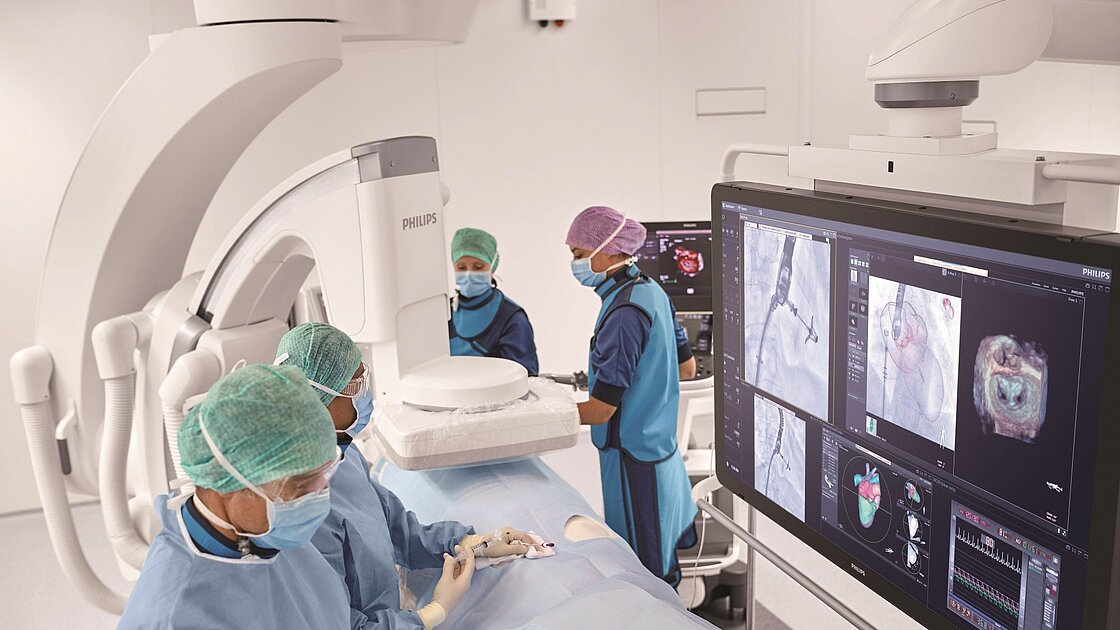
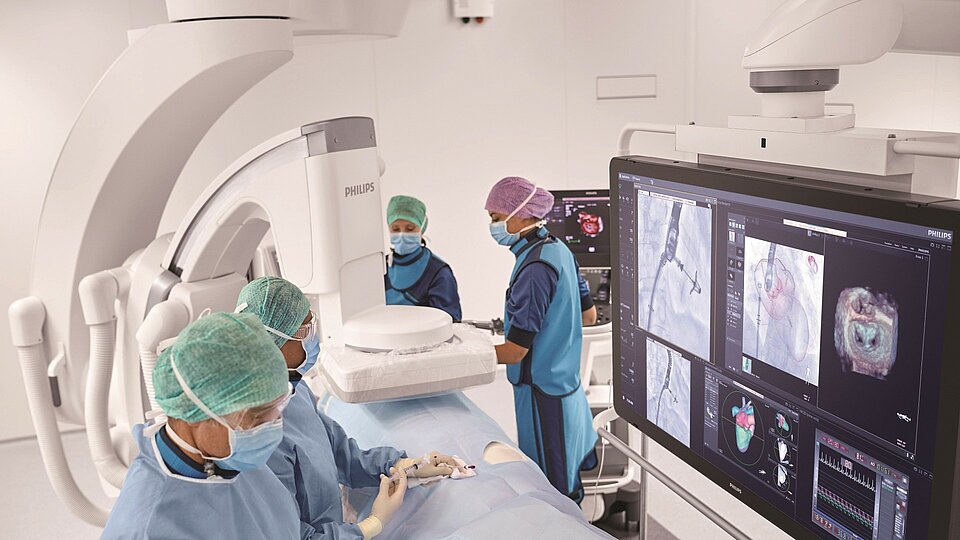
Philips in the Netherlands
Okay, but what exactly is Philips’ role in our country now that it has decided to focus completely on health technology? De Jong produces a map. Of the company's 73,000 employees worldwide (Philips operates facilities in 100 countries), 11,000 work in the Netherlands and the vast majority of those employees (8500) work in the Eindhoven area. The company’s international head office is located in Amsterdam. “In Brainport Eindhoven, we engage in research that focuses on innovations for clinics, software, high tech systems such as MRI & CT scanners and X-ray, and artificial intelligence.”
Largest production sites
He mentions Best (“that’s where they develop and produce scanners and hybrid operating rooms”) and Ede (“they program software for patient data exchange and e-health applications there”). In Drachten, Phillips operates a highly advanced factory where they make shavers. “The two Dutch production sites in Best and Drachten are among the largest factories operated by Philips - the one in Best is actually the largest in the world.” This is De Jong’s way of saying that the manufacturing industry has a future in our country. “Today’s environment is all about co-makership. Dozens of companies in a supply chain all produce a part for the final product that is made at Philips in Best.”
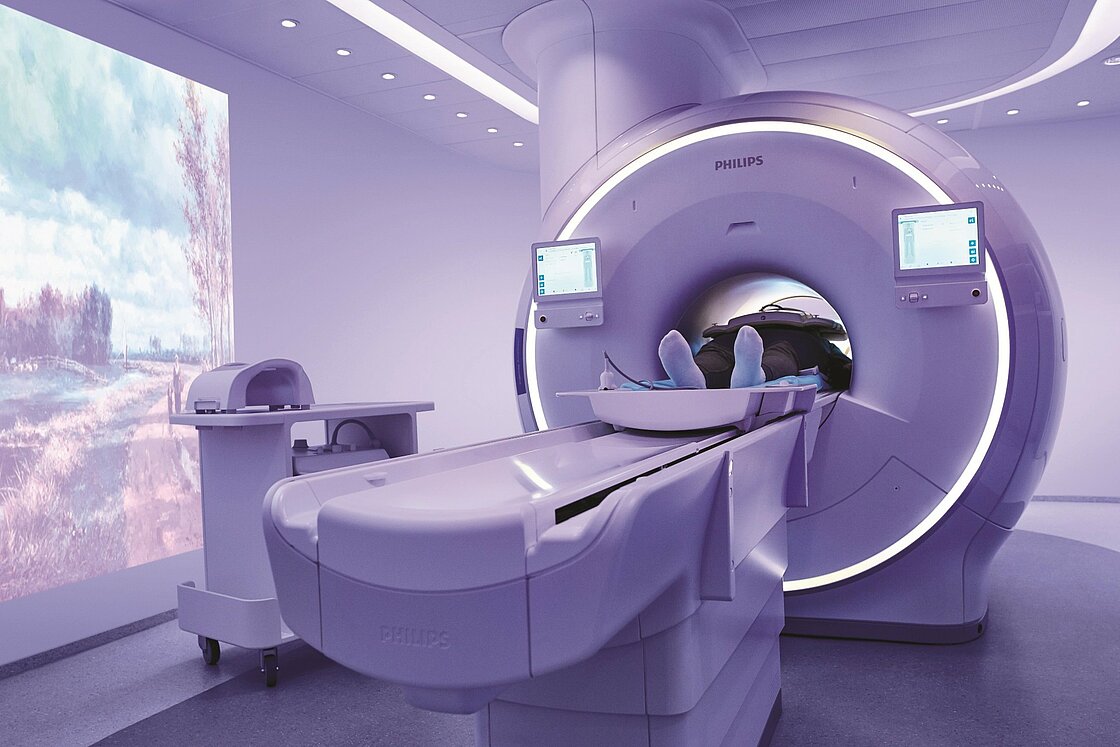
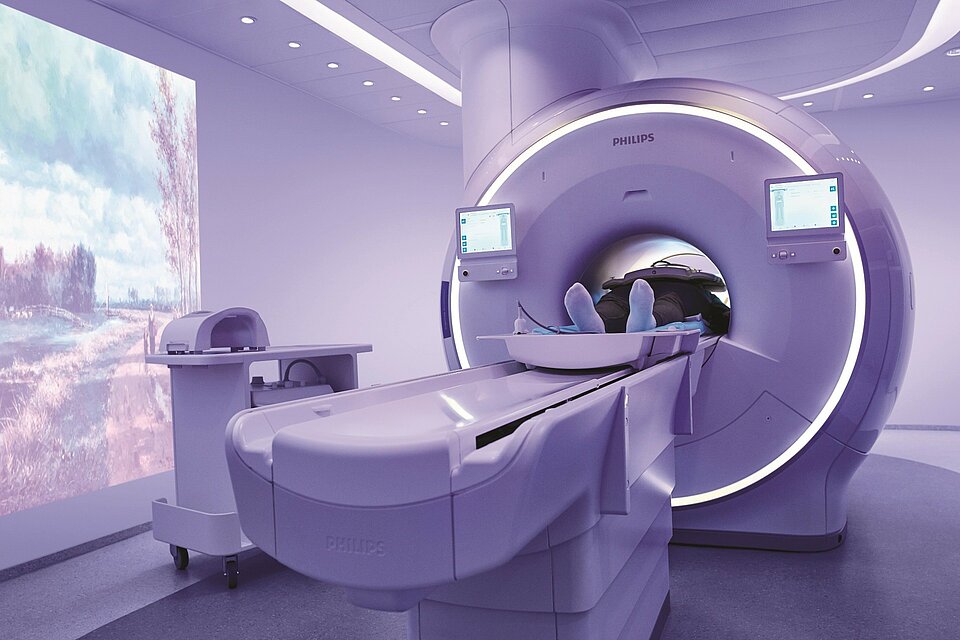
Frontrunner in patent applications
The Netherlands is of vital importance to Philips and vice versa. De Jong: “We spend a large chunk of our R&D budget in our home country: 716 million out of a total of 1.76 billion euros. Nearly all our development work takes place in collaboration with large (teaching) hospitals, universities, and start-ups. In 2017, this resulted in 1,733 applications for patents being submitted to the European Patent Office, 686 of which were related to ‘medical technology’. That puts us at the top of the list. This is also why it is so important that we continue to train enough technical and data science students in our country.”
Apnoea masks
From a Dutch institution dominated by consumer electronics to an international player that specialises in health technology. A perfectly logical development according to De Jong: “As a company, you have to keep a close eye on your environment and markets. How much value can you add? Is it reducing, or has it disappeared altogether? If so, you have to act and make choices.” This explains why Philips decided to focus on healthcare and well-being. He agrees that the Pico or Wisp apnoea mask looks much less sexy than a blender or some other high-tech food processor. And that the Affinity 70 electrocardiograph system with high-quality ultrasound, or the Vereos PET/CT scanner, will not immediately appeal to the imaginations of people who do not work in a hospital. In fact, outside Eindhoven, many Dutch people are not aware of the sectors where Philips makes its money these days. “Which is why we have to tell people about our added value for society. That we want to improve people's lives. High-quality and affordable care is one of the greatest challenges of our time.”
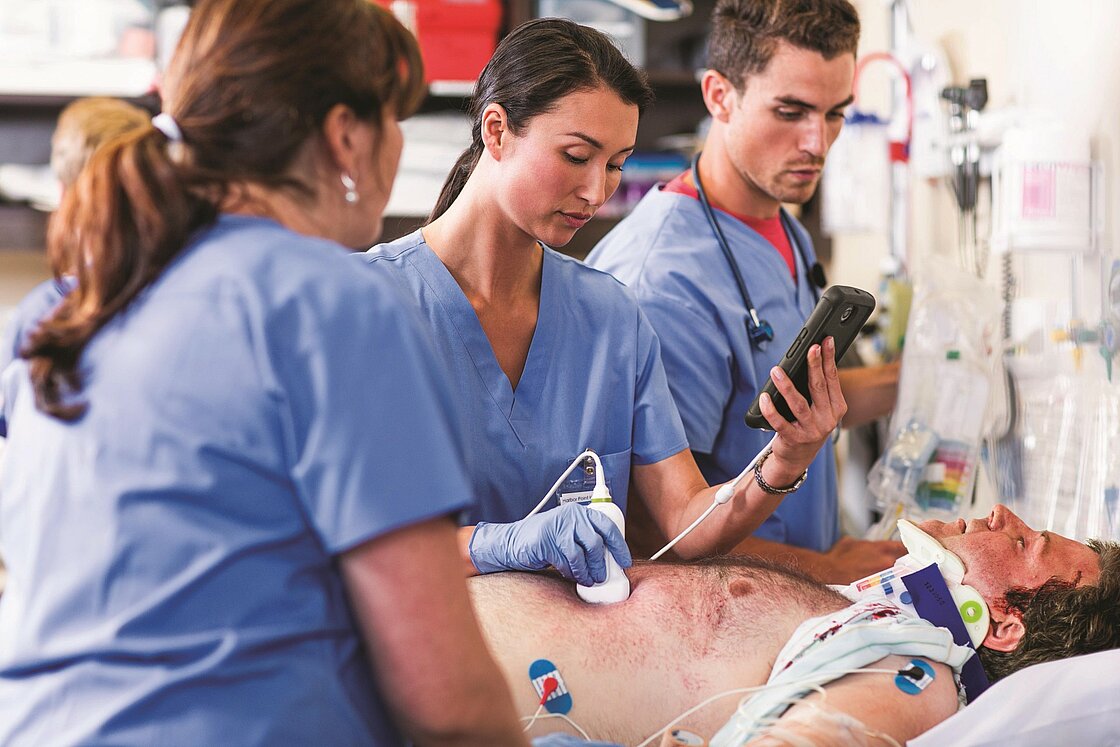
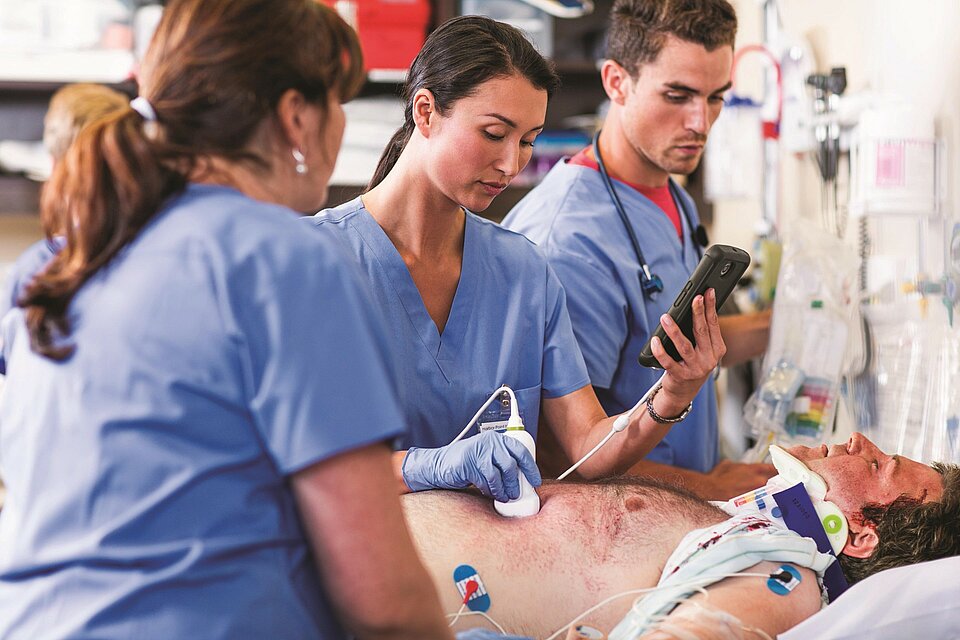
Meaningful innovation
He has produced a YouTube movie to say exactly that: ‘Improving people's lives with meaningful innovations.’ (See link below the text.) “We want to improve the lives of three billion people by 2025. Starting with providing access to healthcare for 300 million. Many people in emerging countries have no access to healthcare right now,” says De Jong. “We are staking our future on successfully contributing to health and healthcare worldwide. And we also explicitly aim to maximise societal returns. So that we can invest in new projects and products, and also contribute to society. We are what is called a purpose-driven company these days. Because social involvement is in our DNA. Everything we do focuses on improving people’s lives through meaningful innovation.”
In collaboration with several leading hospitals around the world, Philips has developed the Azurion, an innovative platform for image-guided surgical procedures. The surgeon has live images of the operation and patient information at his disposal, both on a tablet and on a large screen in the operating theatre. De Jong: “Azurion facilitates procedures where the specialist hardly needs to cut into the patient’s flesh; just a 4 mm incision in the wrist or groin, for example, to insert instruments. The cardiologist can follow the rest of the procedure on the screen and perform the operation.”
That tobacco merchant Frederik Philips and his son Gerard (a mechanical engineer) chose Eindhoven as the site for their light bulb factory in Eindhoven in 1891 was pure coincidence. Both lived in Zaltbommel. But they could buy a building in Eindhoven at a modest price. That small company was destined to grow into a multinational that became omnipresent in the city, with its own districts, schools, associations and a leisure centre. Philips’ world-famous research lab (the NatLab) now has a worthy successor in the High Tech Campus - the first open innovation campus in the Netherlands. Philips is still a huge driving force in Brabant's economy. Today, the Philips Museum is located in the light bulb factory where everything started.